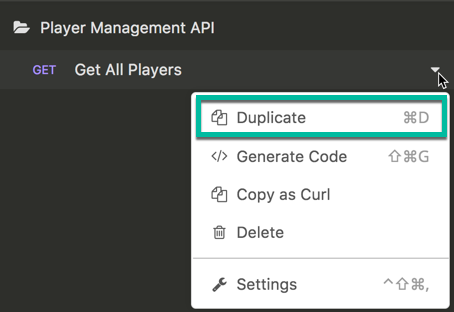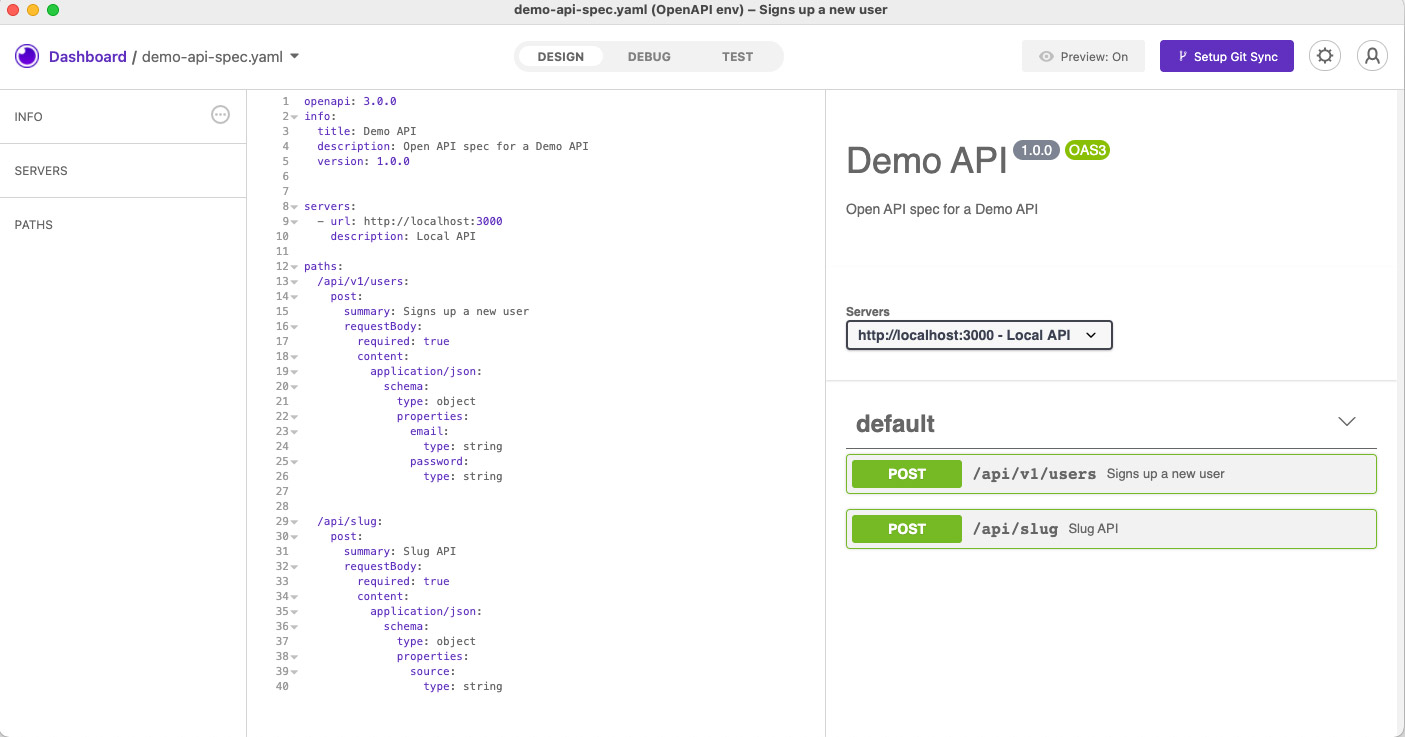

The next POST example will consist of sending a JSON payload. This time, the data is in the “form” object. Then, click “Send”.Īgain, will post our data back to use inside the response. In the next step, we’re going to add some form data. We will begin by selecting “Multipart Form”. We will cover 2 ways of posting data: 1) using multipart form data, and 2) using a JSON payload.Īfter choosing which POST method to use, you can click the dropdown next to the “Body” tab. Httpbin will return any GET params as part of the response in an “args” object. Another added benefit is the ability to toggle invididual parameters on and off.Ībove: a GET request with a single query parameter. You can append the params to the URL, but using the tab will make it much easier to read and modify. It will automatically be pretty-printed to make JSON easy to read.Ĭlicking on the Query tab will allow adding query parameters. You can also have multiple workspaces to group your requests together.Īfter adding the URL, then clicking “Send”, a preview of the response will be displayed in a split window. Notice that each time a new request is entered, you will see it populate in a list in the left column of the window. All that’s needed for the next step is to enter a name and a request method. You can use the shortcut ⌘N, or just click the “New Request” button. GET RequestsĪfter opening the application, we will start by creating a new request. For demonstrating some HTTP requests, we’ll cover some examples using, which is an online HTTP request/response service. Creating HTTP Requestsįor starters, making simple, straightforward HTTP requests are generally what REST clients are known for. If you don’t have Insomnia installed, you can access it here. GET, POST) is merely the tip of the iceberg.
#Insomnia api post file full#
In this post, I’ll will be covering Insomnia, a cross-platform REST Client which is packed full of great features.

Popular clients have consisted of browser extensions as well as desktop applications. In a nutshell, they are a shortcut for testing and debugging API’s.
#Insomnia api post file software#
Opening this file, you will see the following contents: = require ( '.REST Clients have long been a part of a software developer’s toolset.
#Insomnia api post file code#
If you open this directory in a text editor or in an IDE (like Visual Studio Code or WebStorm), you will see that the npm command you issued created a file called package. The command above will scaffold the project with some default properties. Then, move into this new directory and use npm to scaffold a new project: npm init -y For starters, open a terminal, move it to the directory where you usually create your projects, and create a new directory there: mkdir express-ads-api Now that you know what you will create and what the prerequisites are, it's time to starting building your application. Also referred to as RESTful web services, RESTful APIs are based on the REpresentational State Transfer (REST) approach, an architectural style that enables developers to manipulate data.įor more information, check the following resources:

If you don't know what RESTful APIs are or what this term stands for, take a look at this brief definition and explanation of RESTful APIs:Ī RESTful API is an Application Programming Interface (API) that uses HTTP verbs like GET, PUT, POST, and DELETE to operate data.

The resources, in this case, will represent ads (as in products or services being advertised) that users will create, retrieve, update, and delete. The API that you will build will allow clients (third-party applications) to issue requests to manipulate resources. What You Will BuildĪs mentioned before, in this article, you will start from scratch (i.e., from an empty directory), then you will go through all the steps needed to build a secure RESTful API. If you don't have these, please, follow the instructions over here. Other than that, you will need to have Node.js and NPM installed in your machine. Although it would be ideal to know a bit about Node.js, you will see that the code and the concepts explained in this article are not complex. If you do have previous experience with JavaScript, but you haven't used Node.js, don't worry, you won't have a hard time here. If you have never used JavaScript before (even for frontend development), you might not understand the article well and it might make sense to learn about it first. To follow along with this article, you will need to have prior knowledge around JavaScript.


 0 kommentar(er)
0 kommentar(er)
